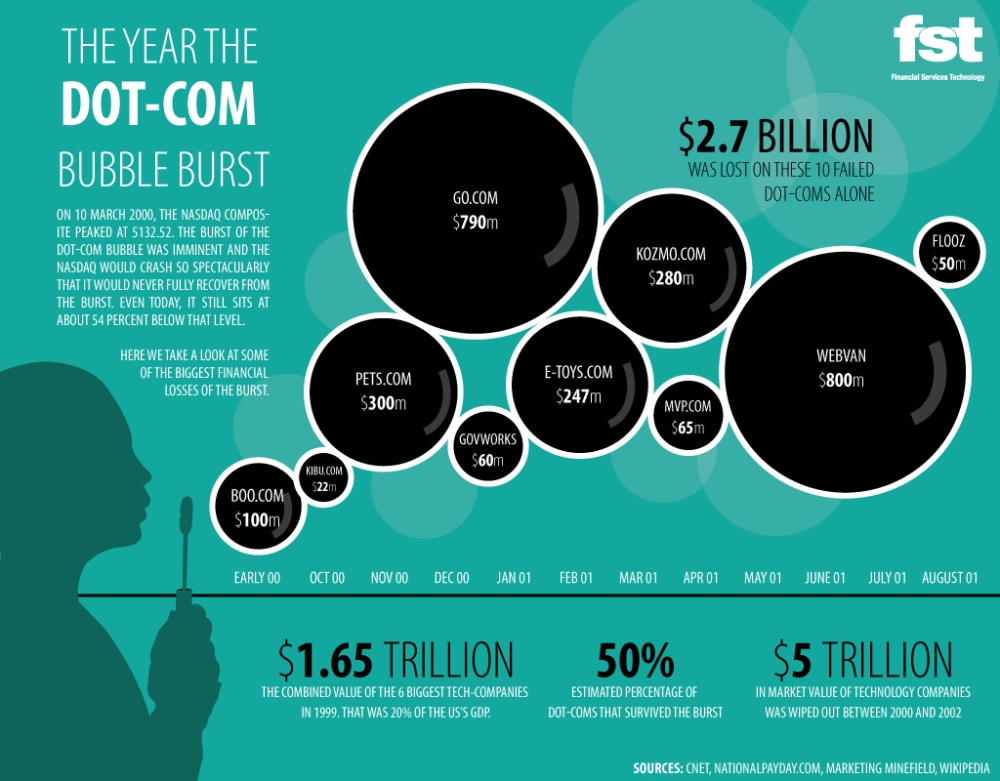Often, I find myself actually interested in the topics we discuss during class. Yes- this is equally surprising to me as it is to you. I was never an “engaged” student. I pretty much went to school because it was a check box in the manual of “How to be successful in Life” that my parents and others had drilled into me. Finish high school, check. Don’t go to jail, check. Don’t eat too much cholesterol or sugar, ehhh semi check. Go to college, check. Finish college, done. Get a decent paying job…well better late than never & Check! Nothing in the manual said anything about being Interested in college. That wasn’t a requirement. So it’s always equal parts shocking and amazing when we discuss things that are interesting AND Actually have relevance to real life. Welcome to Grad school. Who knew?
But I digress. The first time the concept of “The internet of things” was brought up, it sounded more like a catchy tag line than an actual “Thing”. Turns out- it is a “Thing”. It’s pretty much everything in our lives that has an IP address. And that happens to be more things than you think. In my house the list is quite large. My TV, PS4, Xbox, Cell phones, Amazon Echo, Apple TV, Kindle, Ipad, Scale, Treadmill and even my dog’s collar have IP addresses. Yes- they all send data to the internet. And all of these “things” are sending data to the internet that is about ME. Whether it’s my BMI, my dog’s activity level and coordinates, what I read last, which movie I watched or who I last communicated with. Google alone has pretty much an entire diary of my life. I’ll never forget the first time I was looking at my Google cards and there was one that told me where I had parked. I never asked for this! But Google knows things. And Google uses what it knows to market to help me. Between Amazon and Google, they could put together an entire profile of who I am, what I look like, what I like to do, where I spend my time and the list goes on. Because I am some one who has a lot of “Things” connected to the internet, so they are able to collect an enormous amount of data about me.
As some one that not only hated statistics in college but barely made it out of 7th AND 11th grade math, it is a bit of dichotomy that I find data so interesting. Today I got a random notification on my cell phone telling me that I needed to leave at 9:45am to get to Clinton street in Hackensack, NJ by 10:30am. Google noticed that every 2 weeks I show up at this address at about 10:30am. It’s for my UNDOCUMENTED hair appointment. Well played. Instead of being offended, upset or at least feel slightly violated by Amazon and Google’s ability to “know” what I’m doing next, I am intrigued and delighted. The amount of data mining that these systems can do automatically is amazing to me. They collect every piece of data provided by my “things”, look for patterns and pop out suggestions based on predictive intelligence. This is an invaluable toolset in the business world. I wish I had their computer!
I use data in just about every aspect of the decisions I make at work. My role at work is often not to “Do” anything. Being the executioner and the decision maker clouds the judgement of a leadership position. My core competency is using information to make informed, smart and financially sound/revenue promoting decisions. I pour over everything from Google analytics to internal behavioral data to industry statistics in order to come to conclusions. Every decision and conversation I make at work starts with numbers. One from last month: “85% of enterprise organizations spend at least 8% of their revenue on their eCommerce experience. We spend less than 1%. Do not complain about how much it costs :)” But my favorite data driven conversation starter/ender is the Infographic. Infographics are perfect for having executive conversations. Nobody is overly interested in reading the results of a survey. Pop it into a picture and suddenly people are thinking. The video we watched on the making of infographics gave me pause. Again, my mathematically challenged mind kicked in and thought “Wait these pretty pictures aren’t created by Magic??? That doesn’t sound fun.” But I won’t lie, I thank the Analytics gods for the people with the aptitude to create such glorious representations of the Stuff I need to know about. I wonder what types of internal infographics the good folks at Google and Amazon use during their executive presentations about people like you and me?
P.S….all this random conjecture came from me being a nerd and finding this awesome article here



